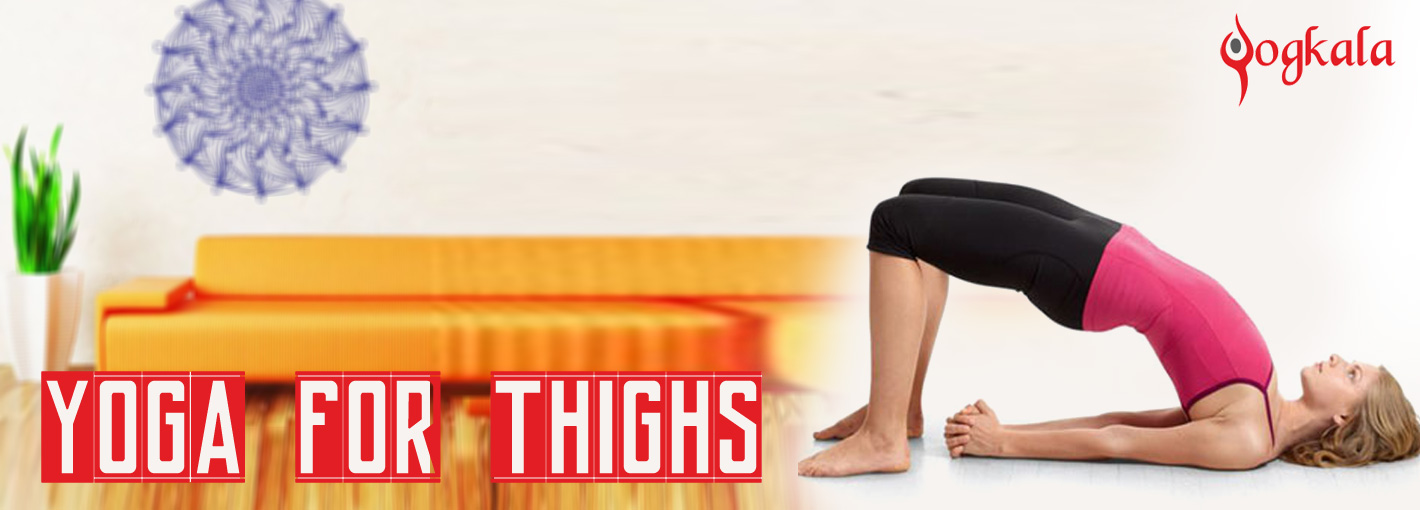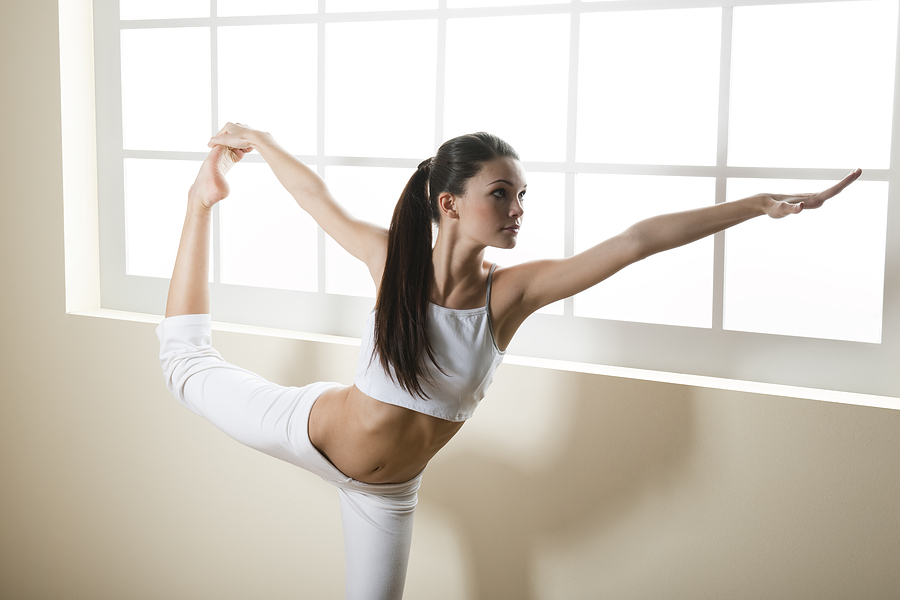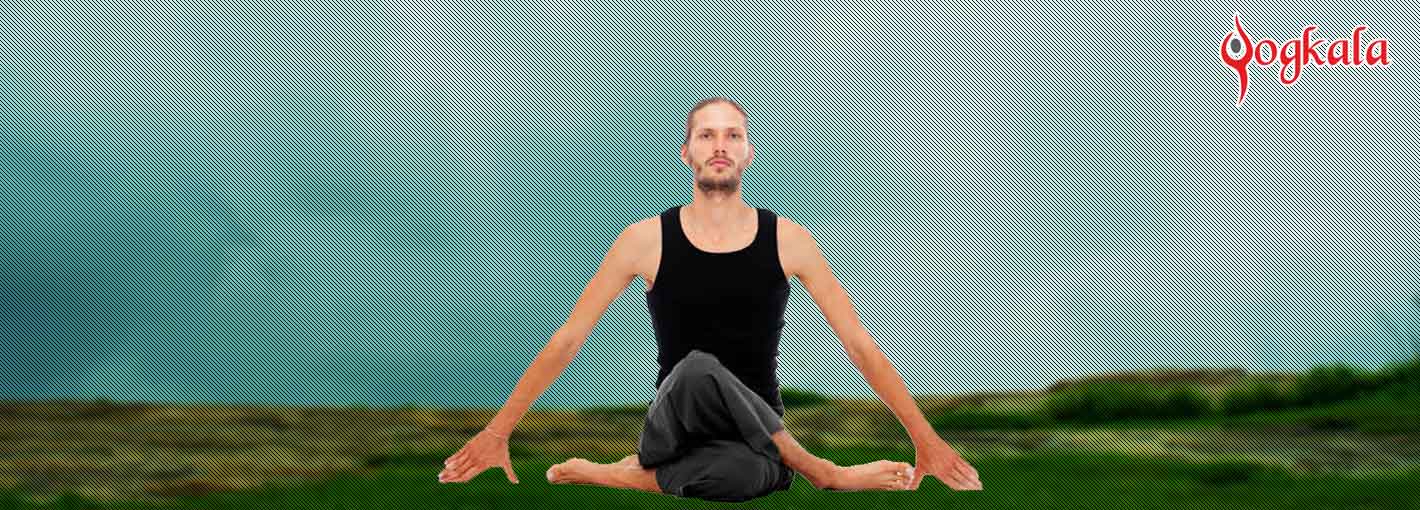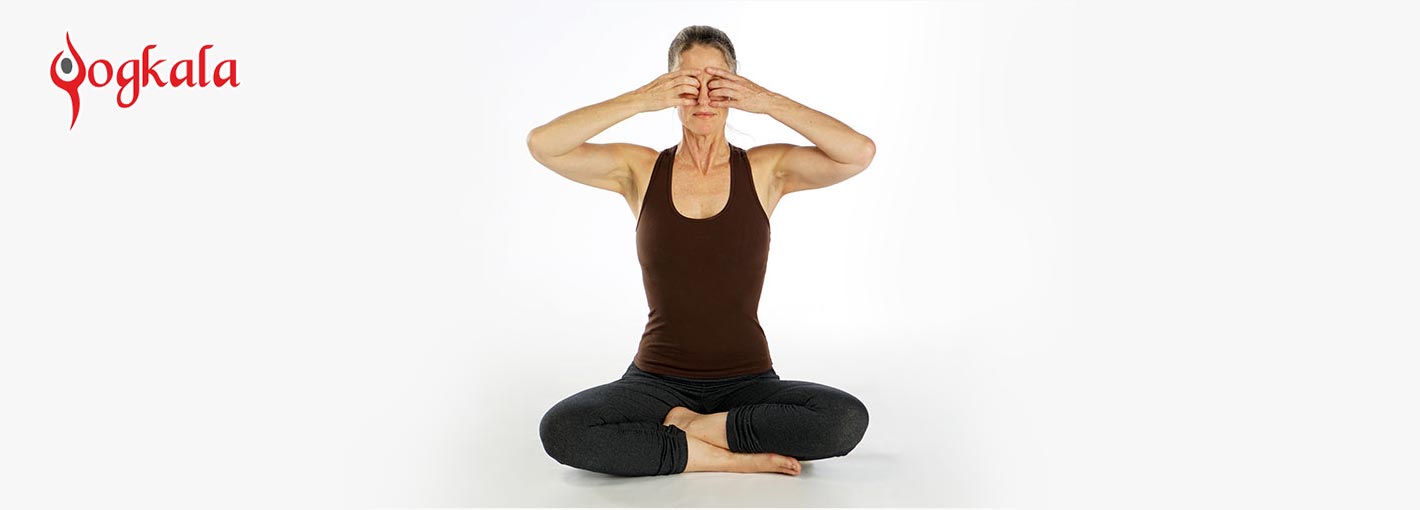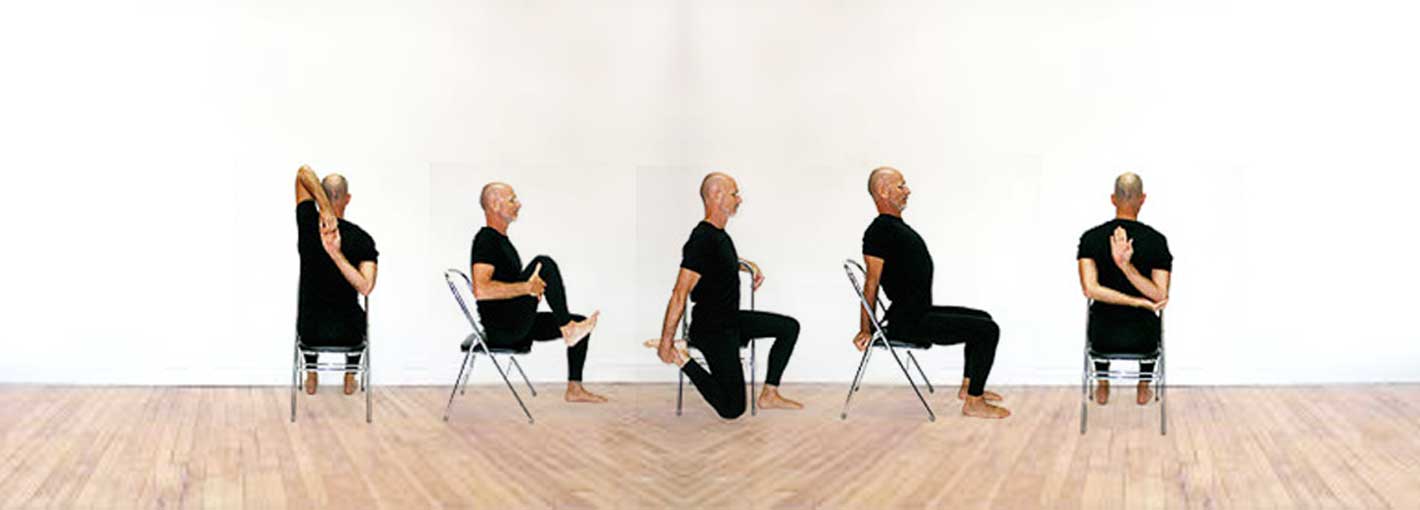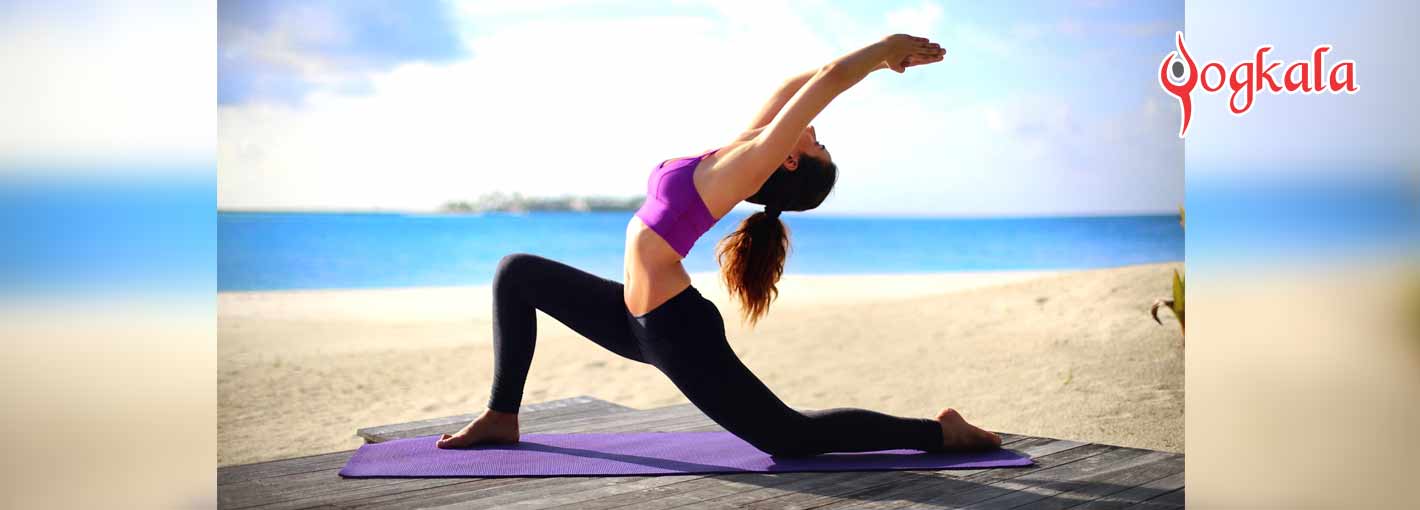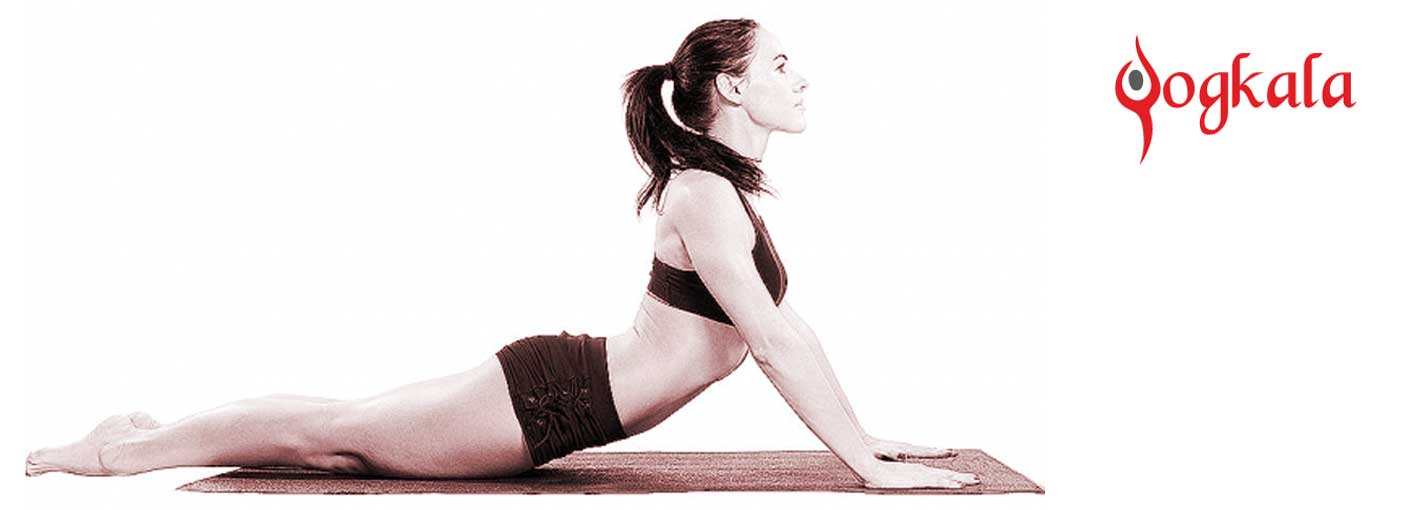How to Do Dolphin Plank Pose | Makara Adho Mukha Svanasana | Steps and Benefits
Dolphin plank pose is the variation of the dolphin pose and an intermediate yoga posture that tones the abdominal muscles and improves digestion. It is one of the most core building exercises in yoga, done on forearms; it takes the pressure off the wrists and benefits in strengthening the body weight.
Plank pose is often performed during Ashtanga and power yoga classes. Dolphin plank pose is beneficial for those whose wrists are paining from weight-lifting, or from repetitive activities like working on a computer. If you are facing the same wrist problem here’s how you can do Makara Adho Mukha Svanasana.
Image Source = “eternalhealthyoga”
Benefits of Doing Dolphin Plank Pose
• Practicing Dolphin Plank Pose calms the brain helps in relieving stress and depression.
• It strengthens the legs, shoulders, hamstrings, arches, and calves.
• The pose is also much beneficial in preventing osteoporosis.
• Makara Adho Mukha Svanasana improves digestion and also relieves menstrual discomfort.
• The pose also improves posture while strengthening the muscles around the spine.
Steps by Step Instructions to Do Dolphin Plank Pose
1. To start with the pose, align your wrist under your shoulders and knees directly under hips.
2. Next, lower your elbows to the surface directly under your shoulders while keeping forearms parallel to each other.
3. Make sure that you maintain equal weight on forearms, breath through your nose.
4. Now, tuck your heels and step back with feet, while bringing your body and head into the same line.
5. Slowly lift your thighs off the floor, make sure that you don’t bend your hips.
6. Contract your abdominals and draw your pelvic floor muscles towards the spine.
7. Fix your vision on the floor and keep your knees straight.
8. Hold the pose for few breaths and return back to the original pose.
Cautions:
Avoid practicing Dolphin Plank Pose if you recently have suffered the neck injury, have high blood pressure, or pain in the back. Always perform the pose under the expert’s guidance.


